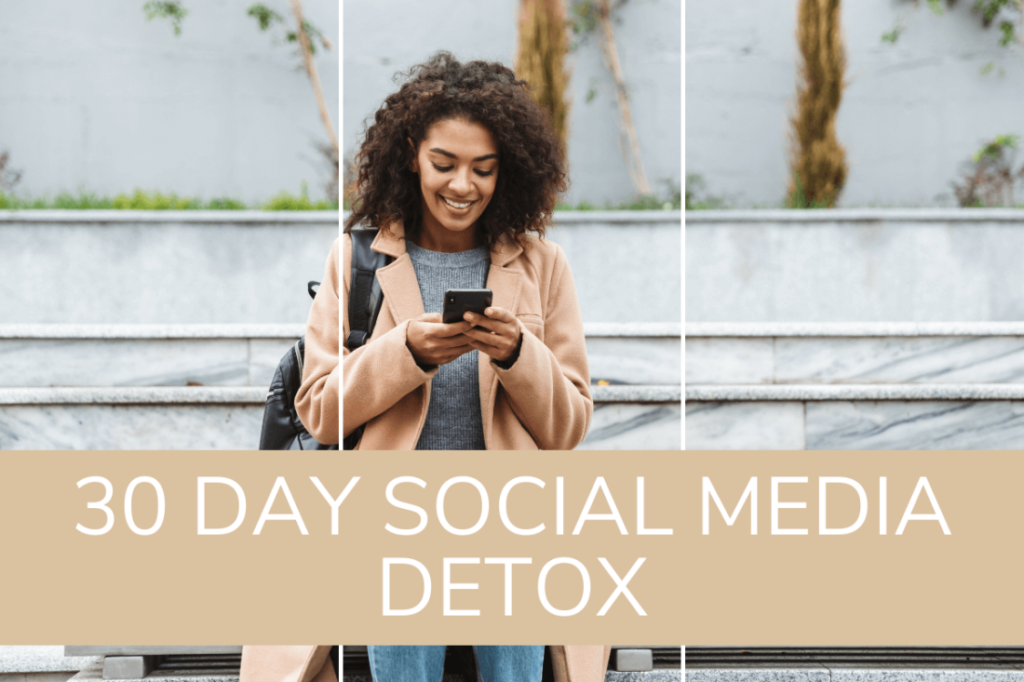Introduction
The ability to capture your audience’s attention is a fundamental skill in public speaking. Your speech’s opening, also known as the attention getter, can make or break your presentation.
Why Attention Getters Matter
The first few seconds of your speech are critical. A strong attention getter not only hooks your audience but also establishes your credibility and creates anticipation for what’s to come.
15 Attention-Grabbing Techniques
Startling Statistic
Begin with a surprising and relevant statistic that shocks your audience into paying attention. For example, “Did you know that every day, over 500 million plastic straws are used and discarded in the United States alone?”
Vivid Anecdote
Share a brief and engaging personal story or anecdote that relates to your speech’s theme. This humanizes your topic and draws your audience in emotionally.
Provocative Question
Pose a thought-provoking question that challenges your audience’s thinking. For instance, “Have you ever considered the environmental impact of the daily choices you make?”
Bold Statement
Make a bold and compelling statement that sparks curiosity. “We have the power to shape the future of our planet through small, everyday actions.”
Humorous Story
Inject humor into your speech by sharing a light-hearted and relevant story. Laughter captures attention and creates a positive atmosphere.
Quotation or Famous Saying
Begin with a relevant quote that resonates with your audience. A well-chosen quote can establish authority and connect with the audience’s emotions.
Historical Reference
Reference a historical event or figure that ties into your speech’s topic. This can provide context and intrigue the audience.
Personal Experience
Share a personal experience that relates to your speech’s theme. Authenticity and vulnerability can quickly establish a connection with your audience.
Contradiction or Paradox
Present a surprising contradiction or paradox that challenges common beliefs. “In a world obsessed with connectivity, we’ve never been more disconnected from each other.”
Visual Aid or Prop
Use a visual aid or prop that grabs attention and visually represents your topic. This can create a strong visual impact.
Rhetorical Question
Pose a rhetorical question that encourages reflection. “What if I told you that a single choice could change the course of your life forever?”
Startling Fact
Similar to a statistic, present a startling fact that leaves your audience in awe. “The world’s largest ocean garbage patch is now twice the size of Texas.”
Powerful Imagery
Paint a vivid mental image with descriptive language. “Imagine standing on the edge of a cliff, ready to take the leap into the unknown.”
An Intriguing Scenario
Present a hypothetical scenario that captures your audience’s imagination. “Picture a world where technology can read your thoughts. What would you do?”
Audience Participation
Engage your audience directly by asking them to participate in a brief activity or share their thoughts. This creates an immediate connection.
Choosing the Right Attention Getter
Consider your speech’s tone, purpose, and audience when selecting an attention getter. It should align with your overall message and create a seamless transition to your speech’s main content.
Practice and Delivery
A well-crafted attention getter is only effective if delivered with confidence and enthusiasm. Practice your delivery to ensure you grab your audience’s attention from the moment you begin speaking.
Conclusion
Mastering the art of attention getters is an essential skill for any public speaker. By using one of these 15 powerful techniques, you can set the stage for a captivating and impactful speech that resonates with your audience long after you’ve finished speaking.
FAQs
- Can I combine different attention getter techniques? A: Absolutely. Mixing techniques can create a dynamic and engaging opening for your speech.
- How do I transition from the attention getter to the main content? A: Use a brief bridge statement that connects the attention getter to the topic you’ll be discussing.
- Should I tailor my attention getter to my audience’s interests? A: Yes, understanding your audience’s preferences and expectations can help you choose a more relevant attention getter.
- Can I use the same attention getter for different speeches? A: While some attention getters can be versatile, it’s often better to tailor your approach to each speech’s unique context.
- What if my audience doesn’t respond to the attention getter? A: Be prepared to adjust on the spot. If one technique doesn’t resonate, quickly shift to another that might better capture their interest.




